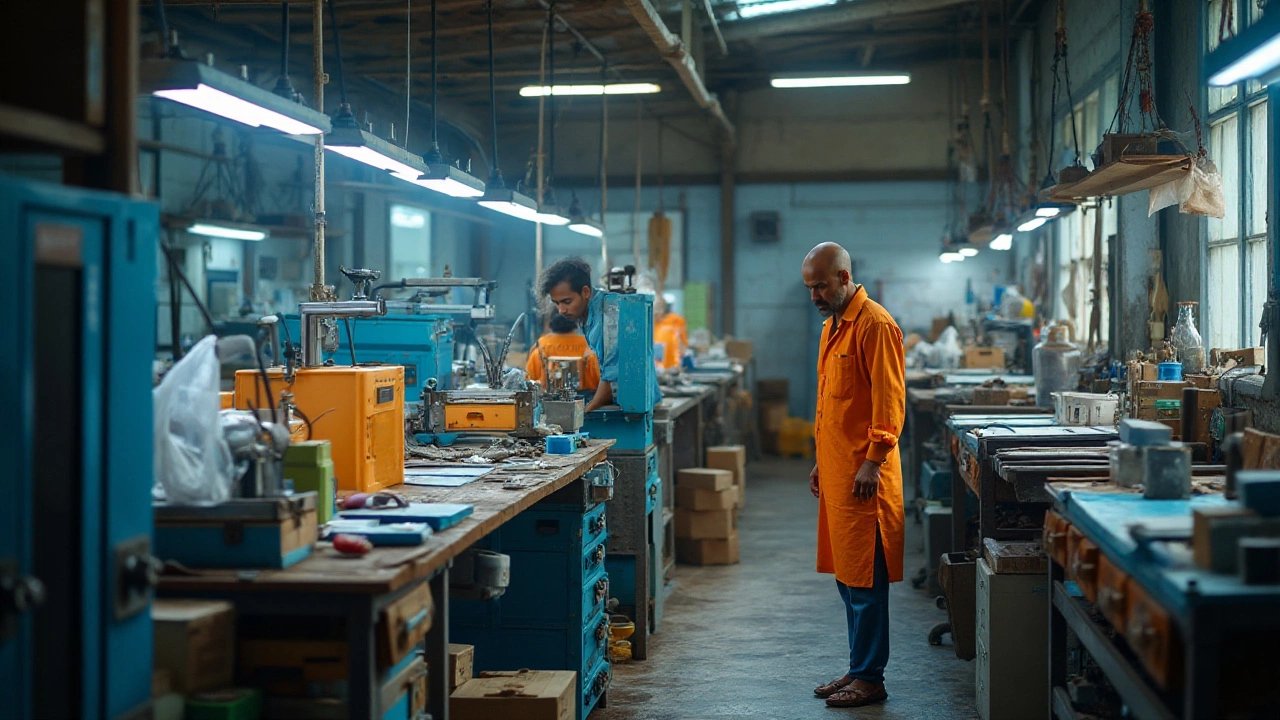Food Processor: What It Is and Why It Matters
When you hear food processor, a compact electric device that chops, grates, mixes, and purees foods in seconds. Also known as a kitchen workhorse, it saves time and reduces effort in everyday cooking. Blending is one core function – the motor whirls blades to turn nuts into smooth butter or tomatoes into soup. Chopping lets you dice onions, carrots, or herbs without tears. Both actions fall under the broader activity of food preparation, a skill every home cook needs. The device itself is a type of kitchen appliance that combines a motor, a bowl, and interchangeable blades. Food processor technology has grown from simple hand‑crank tools to smart, sensor‑driven machines, but the basic premise stays the same: make food prep quicker, cleaner, and more consistent.
From Kitchen Tasks to Sustainable Production
Understanding a food processor means looking at the whole ecosystem. The appliance’s motor is usually made of steel, while the housing often uses high‑impact plastics like rHDPE or rPP – the same resins highlighted in our recent analysis of plastics in demand for 2025. That link shows how the rise of sustainable plastics directly influences the durability and environmental footprint of kitchen gadgets. Manufacturing also matters: factories that adopt energy‑efficient processes and recycle scrap metal can lower the carbon cost of each unit. As a result, the quality of the blending and chopping mechanisms depends not only on design but on the materials sourced from responsible producers. This connection creates a semantic chain: food processor encompasses blending and chopping, which require durable plastics and steel, and those materials are shaped by sustainable manufacturing practices.
What does this mean for you, the home cook? It means the next time you pull a food processor from the cupboard, you’re using a tool built on a supply chain that mirrors broader trends in Indian manufacturing, plastic recycling, and even agricultural output like rice and vegetables you might be processing. Below you’ll find a curated collection of articles that dive deeper into watering container gardens, the latest plastic resin winners, the economics of high‑paying factory jobs, and the science behind rice consumption – all topics that intersect with the world of food processing. Explore these insights to see how a single appliance links kitchen convenience, material science, and sustainable production.
Understanding the Key Drawbacks of Using a Food Processor
Food processors are invaluable tools in modern kitchens, simplifying tasks like chopping, slicing, and pureeing. However, they are not without their downsides. This article explores the primary disadvantage of food processors, covering issues such as bulkiness, limited control over blending, potential over-processing, and cleaning difficulties. By understanding these drawbacks, users can make informed decisions about their kitchen equipment choices.
- manufacturing
- India
- food processing
- garden tips
- rice cultivation
- government schemes
- balcony garden
- urban gardening
- balcony gardening
- profitable business
- business ideas
- plastic manufacturing
- drip irrigation
- plant care
- steel manufacturing
- sustainable gardening
- startup ideas
- steel industry
- flower gardening
- textile manufacturers






